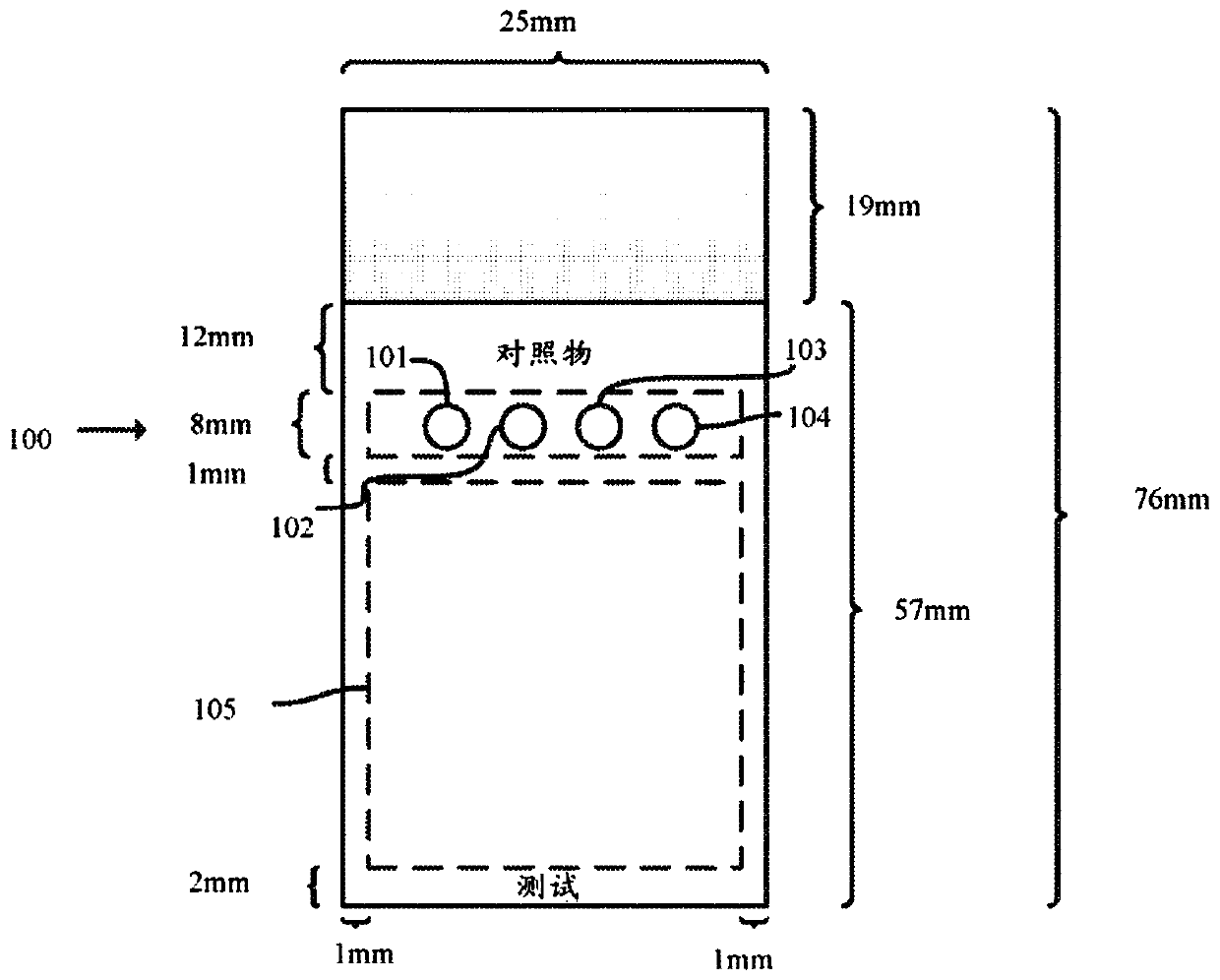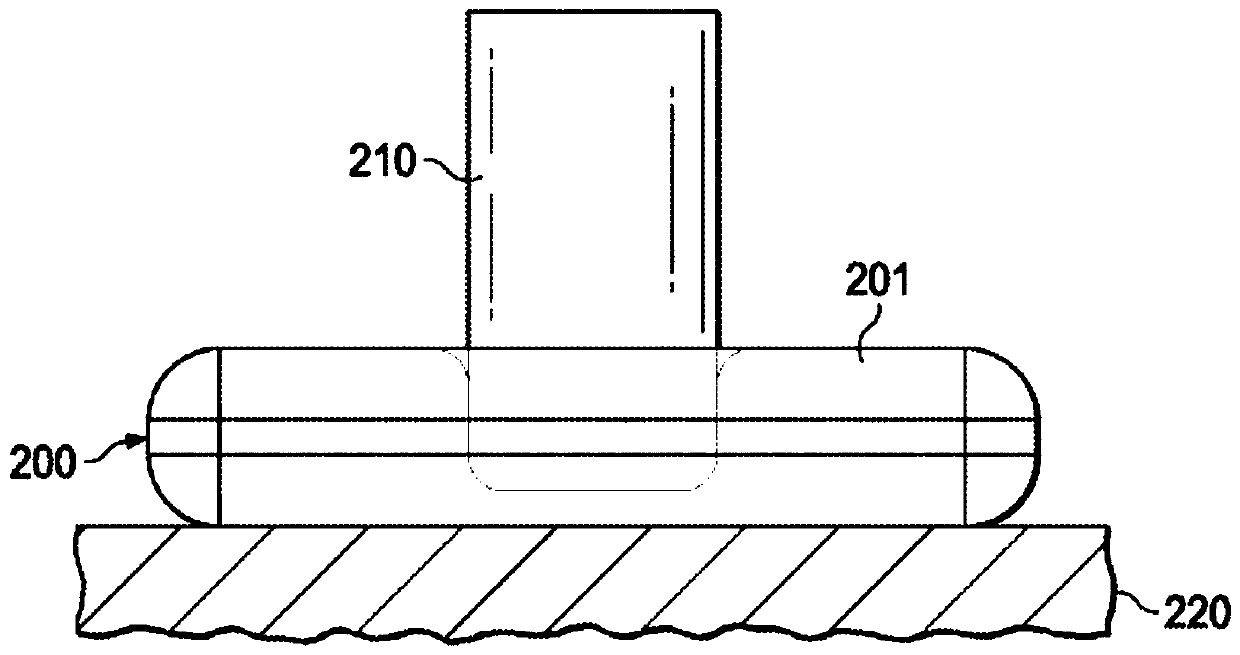Cell yield for synthetic tissue controls and synthetic tissue microarray controls
A tissue microarray, control technology, applied in the direction of determination/inspection of animal cells, vertebrate cells, microorganisms, etc., can solve problems such as increased production costs, poor yields, and reduced production efficiency
- Summary
- Abstract
- Description
- Claims
- Application Information
AI Technical Summary
Problems solved by technology
Method used
Image
Examples
Embodiment Construction
[0027] 3-D Synthetic Tissue Controls (STC) are produced by co-suspension culturing normal cells and certain types of cancer cells under defined and controlled conditions. As defined herein, "normal" cells include any non-neoplastic cells. Normal cells can be formed from stromal cells and other suitable cell types.
[0028] STCs reproducibly exhibit the expected patterns and levels of cellular and extracellular (ECM) markers associated with tumor tissue and an architecture that closely resembles tumor tissue. exist Figure 3A-Figure 3D and Figure 4A-Figure 4E An example of the close similarity between STCs and tumor tissues is shown in . 3-D Synthetic Tissue Microarray Control (STMC) consists of multiple STCs. In a preferred embodiment, STCs and STMCs are prepared as formalin-fixed and paraffin-embedded (FFPE) blocks, or pre-cut into sections for various markers used in pathology testing. Examples of compatible markers include the various markers discussed in detail in ...
PUM
 Login to View More
Login to View More Abstract
Description
Claims
Application Information
 Login to View More
Login to View More - R&D
- Intellectual Property
- Life Sciences
- Materials
- Tech Scout
- Unparalleled Data Quality
- Higher Quality Content
- 60% Fewer Hallucinations
Browse by: Latest US Patents, China's latest patents, Technical Efficacy Thesaurus, Application Domain, Technology Topic, Popular Technical Reports.
© 2025 PatSnap. All rights reserved.Legal|Privacy policy|Modern Slavery Act Transparency Statement|Sitemap|About US| Contact US: help@patsnap.com



